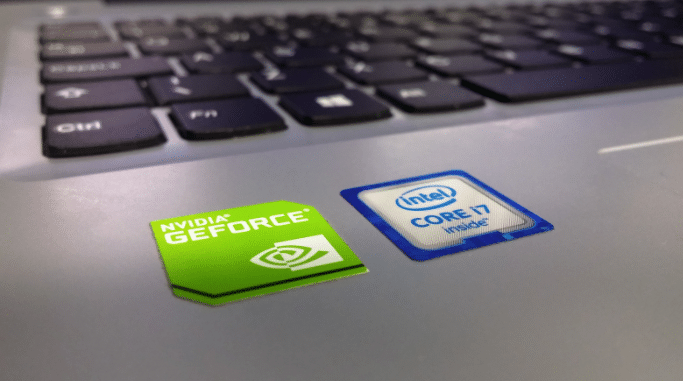Graphics Cards for Gaming Laptops: An Overview
People’s expectations of what a gaming laptop could or should achieve were modest in the early days of laptops. Simply expressed, they desired a computer that they could transport from the office to their house or on a plane while traveling. It had to run Windows (or Mac OS), basic productivity applications like Microsoft Office, and last for a few hours on battery power. Of course, our expectations of computers, in general, were not that advanced at the time. What a difference a generation can make.
People nowadays demand just as much from their laptops as they do from their desktop computers, and we expect a lot from both. Fast boot speeds, 10-hour or longer battery life, ultra-light, and ultra-thin design, and HD-level graphics capability are just a few of the characteristics that have become must-haves for most laptop purchasers. Another must-have feature for gamers is a high-performance laptop graphics card. Below Best Gaming Tips have answered few questions about Graphics cards.
Is a Laptop with a Graphics Card Really Necessary?
No, you don’t, in theory. The vast bulk of computing work is handled by the CPU (central processing unit in every computer. This CPU is capable of doing a wide range of tasks, including online browsing, spreadsheet calculations, and gameplay. While the CPU can handle anything, the more you ask of it, the slower it will run. It may slow to a crawl if you put too much load on it, such as by running a graphics-intensive game.
When this occurs, your game will encounter choppiness, considerable lag-times in reacting to instructions, and a variety of other issues that will significantly reduce your pleasure of the game – provided the CPU can run it at all. All of the high-demand images are processed by a specialized processor in a laptop graphics card, which may significantly enhance game smoothness and raise the resolution at which it can be played.
Almost every new laptop on the market nowadays includes some type of GPU (graphics processing unit). We’ve gotten to the point where even simple operations like viewing movies may put a strain on a CPU, therefore GPUs has been added to assist with any activities that need high-demand on-screen movement.

Integrated Graphics vs. Discrete Graphics
There are two types of laptop graphics cards and three major manufacturers to select from. The first form is referred to as “integrated graphics.” This is where the CPU and GPU act as though they are two sides of the same coin. They share resources like RAM as well as the same motherboard.
The integrated graphics in your laptop will be made by Intel or AMD, depending on which manufacturer made the CPU. The primary advantage of integrated graphics is affordability. Building a laptop with integrated graphics is far less costly. However, because integrated graphics are shared, it can never equal the performance of a laptop equipped with the second sort of GPU: “Discrete graphics.”
Understanding Product Lines (NVIDIA® and AMD)

Intel’s CPU naming scheme is simple: Core i3, i5, and i7, with some extra information about the number of cores and clock speeds (e.g. 2.4GHz). The i3 series is only appropriate for the most basic processing needs, whereas the i5 series increases performance and the i7 series is the current top-of-the-line.
NVIDIA® and AMD have a similar strategy with their laptop GPU names, although it isn’t as clear. This is how it works:
The initials GT or GTX denote NVIDIA® GeForce® laptop graphics cards. The GT series is designed for simple computer graphics demands, such as recreational gaming, but nothing too demanding.
Conclusion:
As a quick recap, NVIDIA Geforce graphics cards have a good mix of performance and power usage. Also, keep in mind that NVIDIA is going to release their next-generation GPUs sometime soon. This would be around the same time when Intel releases their new line of CPUs so it’ll be interesting to see if they put out another ‘bundle’ deal on laptops with both components included. For gamers looking for something portable, NVIDIA’s solution requires less power so you can get similar performance without giving up battery life.
